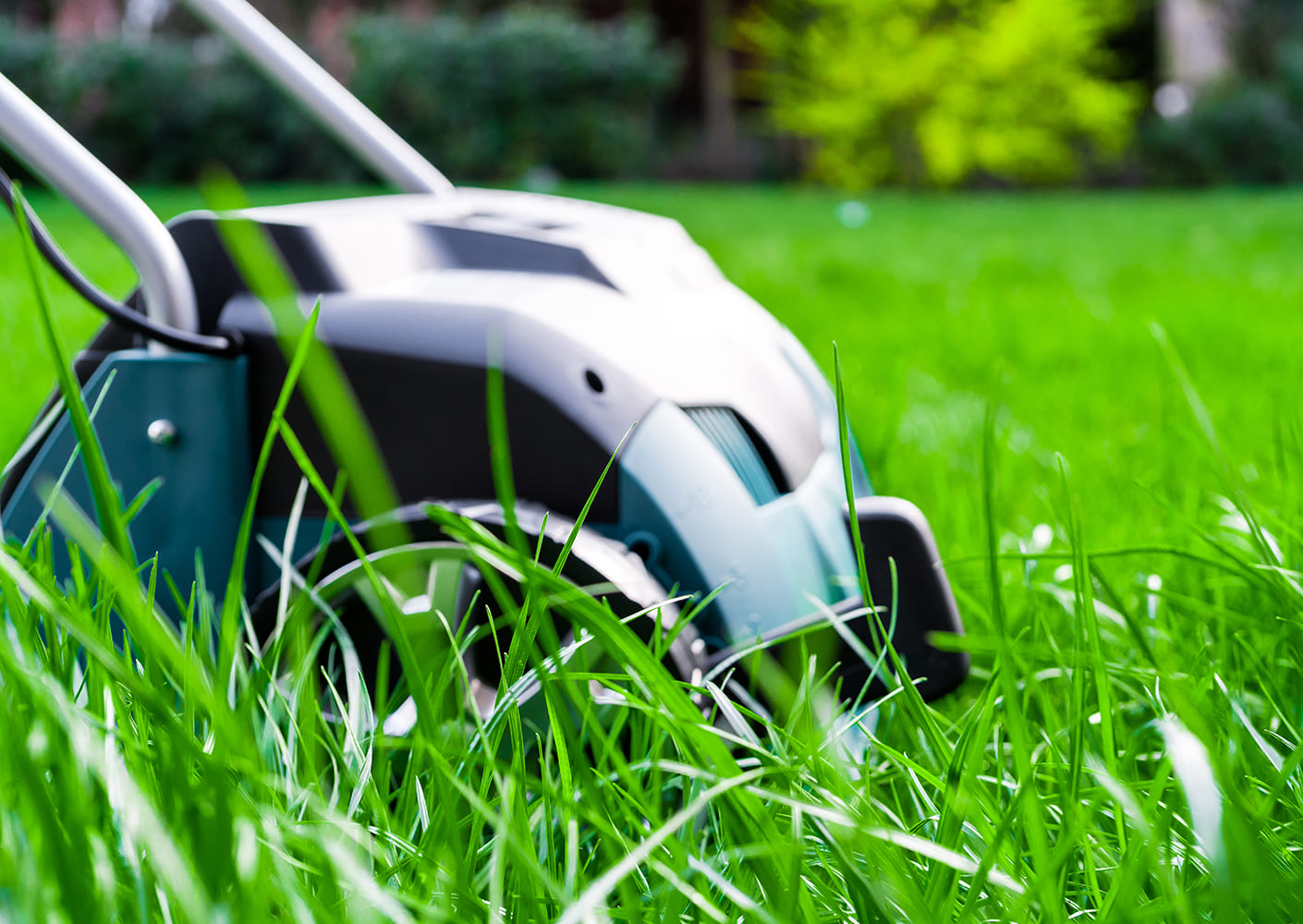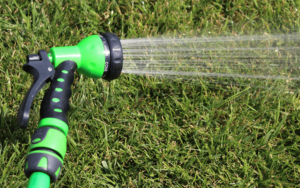Aerating your lawn is among the best lawn care tips to ensure it remains healthy, strong, and lush. By allowing air, water, and nutrients to penetrate deep into the soil, aeration helps break up compacted earth and encourages better root growth. However, improper aeration techniques can do more harm than good.
Choosing the Wrong Time to Aerate
The timing of lawn aeration is critical for its success. Aerating at the wrong time can stress your lawn and hinder its growth. In Australia, the best time to aerate depends on the type of grass you have.
- Warm-season grasses (like buffalo, couch, and kikuyu) thrive in the summer and should be aerated during late spring or early summer. This gives them time to recover and grow stronger before the peak heat arrives.
- Cool-season grasses (such as ryegrass and fescue) should be aerated in early spring or autumn, when temperatures are mild, and the grass is actively growing.
Aerating during the wrong season, such as in the middle of winter or the height of summer, can leave your lawn vulnerable to disease, drought, or extreme cold. Your lawn may not recover as quickly or fully, leading to patchy growth and potential damage.
Over-Aerating Your Lawn

While aeration is beneficial, overdoing it can weaken your lawn. Aerating more than once or twice a year, especially for a well-established lawn, is unnecessary and can disturb the soil structure too much.
Each time you aerate, you create small holes in the soil, which are intended to help with nutrient absorption and airflow. However, too many holes can lead to excessive soil disruption, potentially damaging the grass’s root system. This damage can prevent the lawn from recovering properly, leaving it vulnerable to weeds and disease. Most lawns only need aeration once a year, but if you have very compacted soil, you may consider aerating twice in one season.
Using the Wrong Aeration Equipment
There are different types of aeration tools available, but not all are suitable for every lawn. Some people make the mistake of using equipment that doesn’t effectively penetrate the soil or is inappropriate for their grass type.
- Spike aerators punch holes into the soil using solid tines or spikes. However, they can cause more compaction around the holes instead of relieving it.
- Core or plug aerators remove small plugs of soil and are generally more effective at reducing soil compaction and promoting healthy lawn growth.
Using a spike aerator might seem like a quick fix, but it can lead to long-term issues, as the soil can become more compacted over time. For best results, always opt for a core aerator, which creates space in the soil and allows it to loosen up, encouraging root development and water retention.
Aerating Too Shallow or Too Deep

The depth at which you aerate your lawn plays a crucial role in the success of the process. Aerating too shallow means you’re not reaching the compacted soil layer that needs loosening, while aerating too deep can damage the grass roots.
For most lawns, aerating to a depth of around 5-10 cm (2-4 inches) is ideal. This allows enough soil to be removed to make a difference while avoiding unnecessary damage to the lawn. If you’re unsure about the right depth, it’s best to consult a local lawn care specialist or do some research on your specific grass type to ensure the correct technique is used.
Aerating a Dry Lawn
Aerating a dry lawn can make the process much harder and less effective. The tines of the aerator may struggle to penetrate compacted dry soil, and the holes that are made may not be deep enough to achieve the desired result. Additionally, dry soil can crumble and break apart too easily, creating uneven conditions for the grass.
Ignoring Lawn Preparation and Aftercare
Aerating your lawn involves more than just running an aerator over the grass. To get the most out of the process, it’s essential to prepare your lawn properly and follow up with the right care after aeration.
Before you start aerating, make sure you mow the lawn to a short height. This will make it easier to see where you’ve aerated and prevent the grass from getting caught in the aerator. Remove any debris like leaves or branches that could obstruct the process.
Not Accounting for Soil Compaction Levels
Before you decide to aerate, it’s important to evaluate your lawn’s soil compaction levels. Aeration is most beneficial for lawns with compacted soil, but not every lawn needs this treatment. Aerating soil that isn’t compacted can disrupt its natural structure and negatively impact the grass’s health.
If your lawn shows signs like water pooling on the surface, difficulty growing grass, or feeling hard underfoot, these may be indications of compaction, and aeration could be needed. A simple way to check is by pushing a screwdriver into the soil. If it’s difficult to push through, the soil is likely compacted.
Conclusion
Aerating your lawn is a great way to maintain its health and ensure it stays lush throughout the year. However, avoiding common mistakes is key to successful aeration. Be mindful of timing, the type of aeration equipment you use, and the depth of aeration. Always prepare your lawn properly before you start, and follow up with the necessary aftercare. By steering clear of these mistakes, you’ll ensure your lawn thrives and stays green for years to come.





